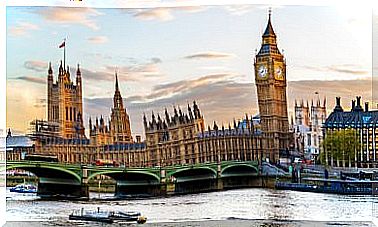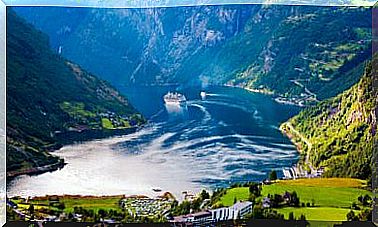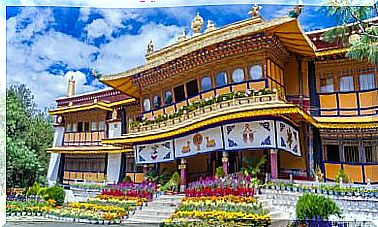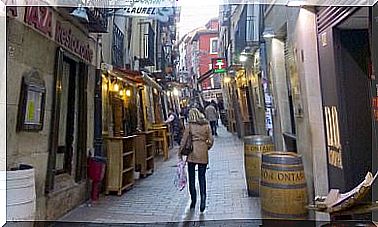6 Typical Spanish Christmas Traditions
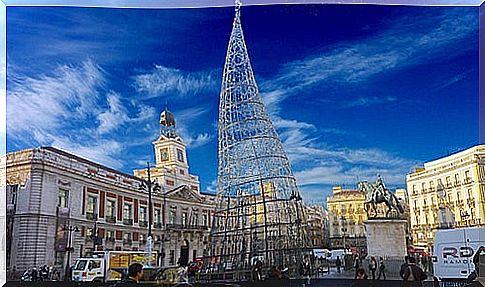
We are going to know some of the 6 typical Spanish Christmas traditions. In this country Christmas is lived with special intensity, since there is a lot of religious devotion that still remains in all its regions, and the people enjoy the good atmosphere that is created in all the cities and towns of their geography.
With Christmas, the lottery arrives
Curiously, one of the greatest typical Spanish Christmas traditions takes place a few days before the official kick-off of these important dates is given. On December 22, the famous draw of the National Christmas Lottery takes place, an event that brings together thousands of families in front of the television to see if they have won any prize.
The draw for the National Christmas Lottery is characterized by the fact that it is televised by almost all the national channels, and its follow-up is enormous, since the whole country is aware of it.
In addition, the broadcast takes up practically the entire morning, with the children of the traditional Colegio de San Ildefonso in charge of taking the balls out of the drums and singing the different awards.
Without a doubt, this is the event that marks the true beginning of the Christmas tradition in Spain. Practically all the inhabitants of the country buy tickets to participate in the raffle, since even cultural associations use this raffle to raise funds.
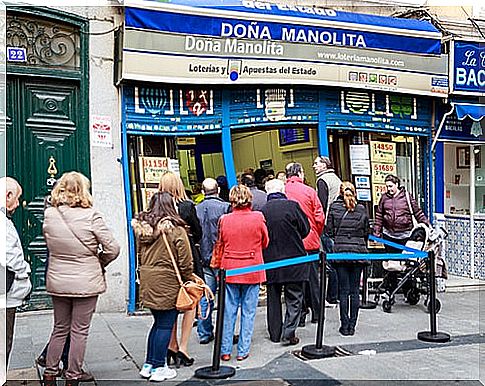
In addition, some lottery administrations have become true icons of this important date. Especially noteworthy are the Bruixa d’Or in the town of Sort, in Lleida, and Doña Manolita in Madrid.
Good night
On the 24th and 25th there are also two special dates among the typical Spanish Christmas traditions. During Christmas Eve and Christmas Day the official beginning of these holidays is really marked.
On the one hand, we have Christmas Eve, when it is traditional to dine with the family. Brothers and parents who have not seen each other for months meet that night to meet again and welcome Christmas in front of a large menu that consists of hors d’oeuvres, seafood and a main main dish such as turkey, lamb or suckling pig. There is also no shortage of traditional Christmas sweets, such as marzipan or alfajores.
Christmas day
The next day Christmas arrives, and it is traditional to eat together. In the past, it was typical to do it at a relative’s home, however, over time, many people choose to do it in a restaurant, so these are usually full and with full reservations several weeks before.
New Years Eve
Later, December 31 and January 1 arrive. Among the typical Spanish Christmas traditions is welcoming the new year in style, which is why the activities carried out on New Year’s Eve are different.
During New Year’s Eve, many people choose to dine at home, with the family, while others prefer to do it outside, in hotels, large lounges and restaurants that organize parties and cocktails.

In addition, when they mark 12 o’clock at night, it is a tradition to celebrate the first seconds of the new year by taking 12 grapes, which are consumed following the chimes of the famous clock on the Puerta del Sol in Madrid, although in all cities there are some enabled for this purpose.
Many people, especially young people, choose to go to the squares of the towns and cities, such as the aforementioned Puerta del Sol, from where they defy the cold night to welcome the new year in style with grapes, cava and cider.
New Year
New Years are celebrated on January 1. Among the typical Spanish Christmas traditions, is to eat with the family this day, both inside the houses and in restaurants, to welcome the 365 days that arrive as it deserves, celebrating it.
King’s Night
Among the typical Spanish Christmas traditions, there is the Twelfth Night, which is celebrated on January 5, being the 6 festive throughout the country. It is a date especially marked by children, since the three Wise Men arrive loaded with toys.
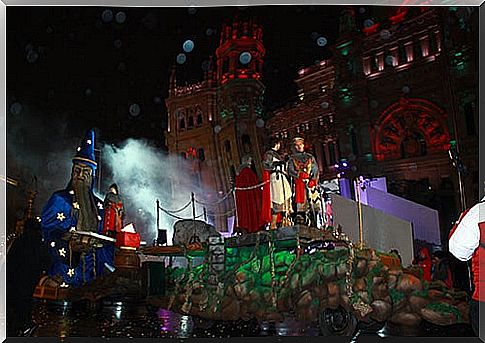
During the night of January 5, cavalcades de Reyes take place throughout the country, full of floats, entertainment and gifts for children and adults who come to enjoy this day.
In addition, the typical sweet, known as roscón de Reyes, is consumed with two hidden gifts, a figure and a dry bean. Whoever gets the first one will be the Christmas king. Whoever gets the second one, will pay for the roscón.
During the night, it is typical to leave milk, or food for the horses and the Three Kings, since they have the arduous task of bringing gifts to all the members of each Spanish family. However, this tradition loses ground to Santa Claus and the American influence, since January 6 is the last day of school holidays and the little ones have little time to enjoy their toys.
Enjoy these typical Spanish Christmas traditions and live these special dates with your family and friends in full happiness and harmony.
